Farm Life Journal - June 2018
June 4, 2018
By Darcy Maulsby
Greetings from Calhoun County!
For a while there I didn’t know if I’d ever have a planting report to share with you since we had a blizzard three weekends in a row in April.
Go figure — Iowa suffered through one of the coldest Aprils in Iowa history, and then we experienced one of the hottest Mays in recorded history. These swings just remind us how much Mother Nature is in control.
We also experienced heavy rains here in our part of southern Calhoun County during much of May, which made it really tough to get planting done. We didn’t really have any big rainfall events, but there were enough small and medium rainfall events that just kept coming to keep us out of the fields for days on end.
We finally started planting corn on May 1. Once the corn was done we switched to soybean planting. We plant half of our 520 acres with corn and half with soybeans. I helped plant soybeans, and the photos you see of me in the field in this issue of the Farm Life Journal were taken on Friday, May 25. Here are some tidbits about planting that you might find interesting:
- We drive the tractor 5 mph when we’re planting. Some of the newer high-speed planter capable of moving at a 10 mph.
- We set our planter to plant soybean seeds 1.5 inches deep, and corn seeds 2 inches deep.
- Our plant populations are 35,000 to 36,000 plants per acre for corn, and 140,000 for soybeans.
- Since we’re handling a lot more soybean seeds than corn seeds, we rely on a bulk seed tender. The seed pictured is a Meridian brand, which is manufactured in Storm Lake, Iowa. Our seed supplier fills the tender with treated seed, and then we use a tube to pour the seed easily into the planter boxes.
- Our soybean seeds are green because seed treatments have been applied to them. Seed treatments have been a big revolution in agriculture because they reduce the amount of crop protection products required to grow a healthy crop. Seed treatments include fungicides, insecticides and biologicals that go to work right where they are needed most — close to the young seedling. This helps the crop get off to a good start.
Once the crops start emerging, the work isn’t done. We hire the local co-op to custom spray some crop protection products that help control any weeds that manage to escape. It’s very important to stop these weeds in their tracks because they steal water and nutrients from the crop.
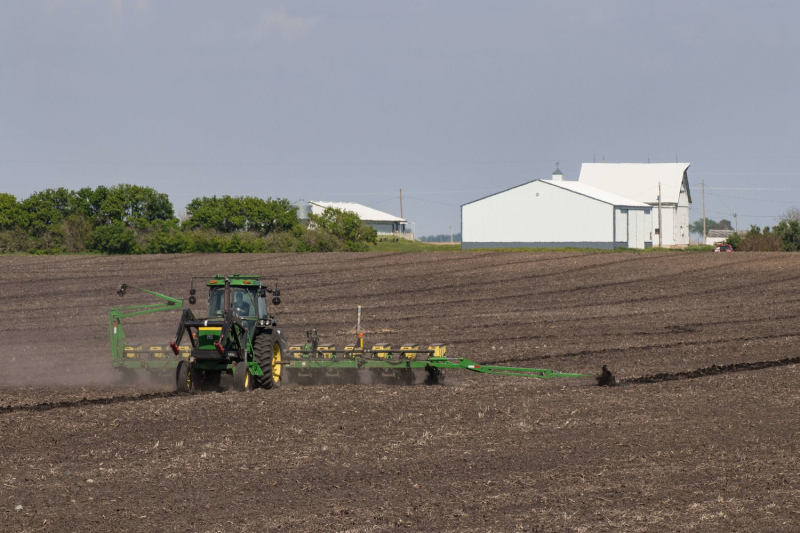
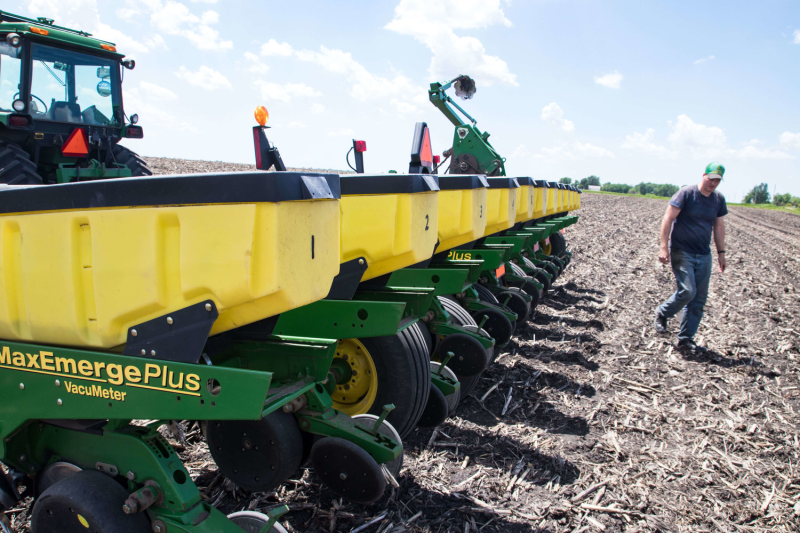

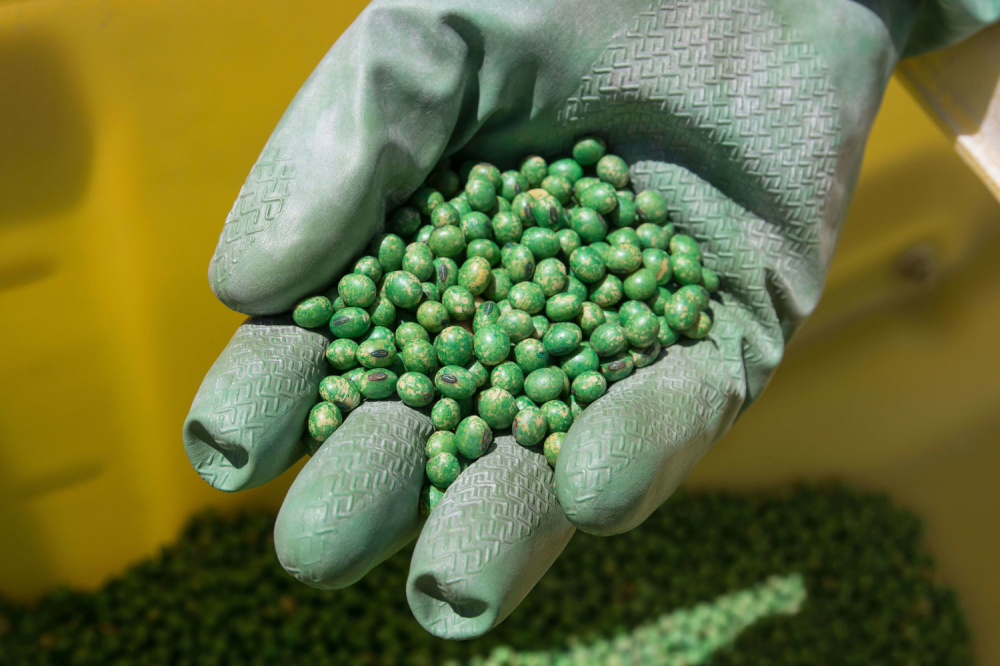
What’s that lawn doing in our field?
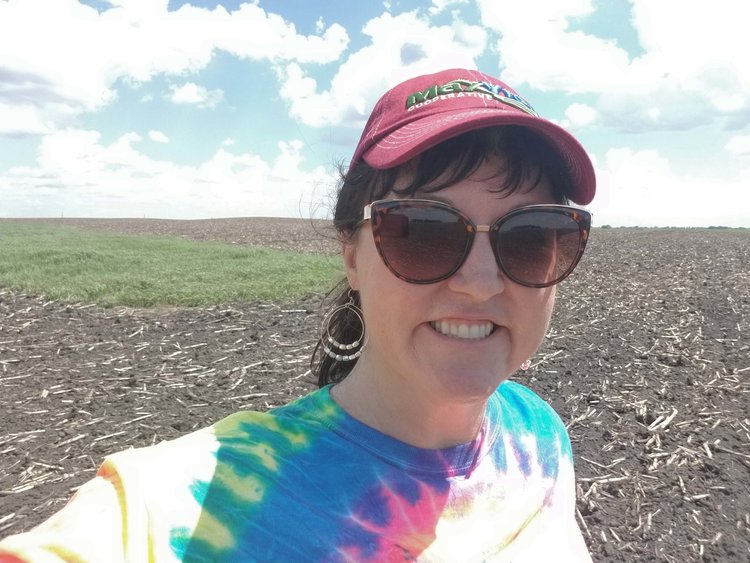 In case you’re wondering why there’s a lawn behind me in the field in one of these Farm Life Journal photos, that's no lawn. That's a grass waterway.
In case you’re wondering why there’s a lawn behind me in the field in one of these Farm Life Journal photos, that's no lawn. That's a grass waterway.
It’s a conservation practice that controls erosion and helps hold our precious soil in place and keep it out of the ditch. It’s one of the many conservation practices farmers use across Iowa to keep our environment healthy.
Small-town Memorial Day Ceremony
Since we got planting done a few days before Memorial Day, my family and I had a chance to attend the Memorial Day service at the Lake City Cemetery, where my Dougherty ancestors are buried.
I was humbled, as I am every year, by the hundreds of names on the roll call of the deceased — 485 this year, to be exact. These names are also listed on the flags flying throughout the cemetery, and every flag tells a story. Some flags honor veterans I knew personally, like Dr. Paul Ferguson, who delivered me at Stewart Memorial Community Hospital in Lake City 44 years ago. Others honor veterans I never met, like my ancestor Henry C. Nicholson, who fought in the Civil War.
Still, other flags list names for veterans like the Patten brothers, who fought in World War II and whose stories are honored in my Calhoun County history book. As the final, haunting notes of Taps fade away, I thanked all our military men and women who have served and those who protect our great country today.
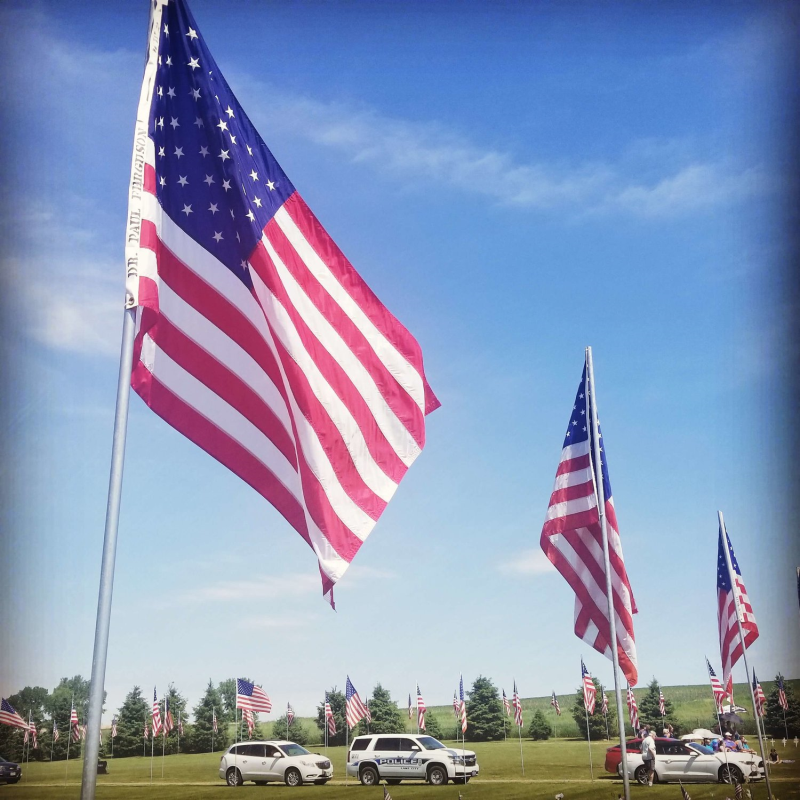
Now that’s a Big Tree
Speaking of history, the Iowa Department of Natural Resources recently received a donation from the Science Center of Iowa of a cross section from a 440-year-old white oak tree that was located along the Des Moines River north of Hartford in northeast Warren County.
What was happening 440 years ago in 1578? Columbus had discovered the New World only 86 years earlier, Elizabeth I had been the queen of England for 20 years, and Sir Walter Raleigh founded the first English Colony in North America in North Carolina.
I planted a red oak and a burr oak in my yard in the past few years. Amazing to think about the longevity of some oak trees — long past our lifetimes.
History gets stolen!
History has always been interesting to me and prompted me to write three Iowa non-fiction history books, including “Dallas County,” where I lived for a several years after college.
I recently learned that people are now shoplifting my “Dallas County” book. I have copies for sale at a variety of places, from the Nineteen Fourteen restaurant in Minburn to Drew's Chocolates in Dexter. Someone who stopped by the candy shop decided to enjoy a five-finger discount on one of the copies. I don't know if I should be upset or flattered it's now considered a book worth stealing?
Anyway, one thing I know for sure is that it won’t be long before berry season arrives in Iowa. Yum! If you’d like to enjoy a sweet taste of Iowa, try mySummer Berry Pie recipe below.
I look forward to visiting with you again in a few weeks when I’ll have lots of crop updates and other farm and food stories to share!
Sincerely,
Darcy
Summer Berry Pie
This pie is so versatile because you can use any berries of your choice. Go with all strawberries, or mix things up with blueberries, blackberries and raspberries, too. Just end up with 3 cups of berries, and you’re all set.
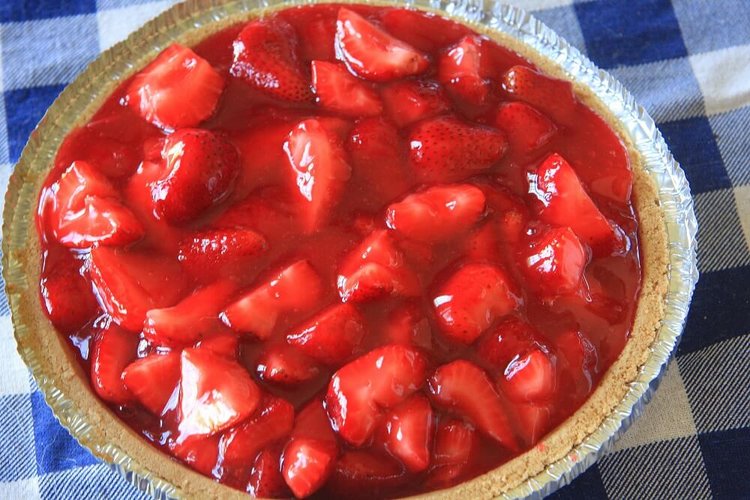 ¾ cup granulated sugar
¾ cup granulated sugar
3 tablespoons cornstarch
1 ½ cups water
1 package (4-serving size) gelatin, any red flavor (I like strawberry or raspberry)
1 cup blueberries
1 cup raspberries
1 cup sliced strawberries
1 prepared graham cracker crumb pie crust
Whipped cream for topping, if desired
Mix sugar and cornstarch in medium saucepan. Gradually stir in water until mixture is smooth. Stirring constantly, cook on medium heat until mixture comes to a boil; boil 1 minute. Remove from heat. Stir in powdered gelatin until completely dissolved. Cool to room temperature.
Stir in berries. Pour filling into pie crust.
Refrigerate several hours or until firm. Top with whipped topping, if desired.